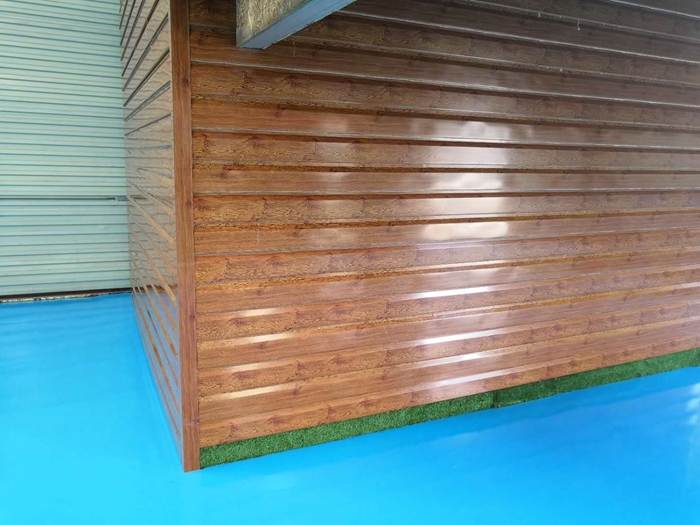Advanced Angle Bar Roll Forming Equipment for Precision Metal Fabrication Solutions
The Angle Bar Roll Forming Machine An Essential Tool in Metal Fabrication
In the realm of metal fabrication, the angle bar roll forming machine plays a pivotal role in shaping and processing metal into various necessary components. This sophisticated machinery is designed to create angle bars, often used in construction, manufacturing, and other industries. Understanding its functionality, benefits, and operational intricacies can shed light on its significance in industrial applications.
What is an Angle Bar Roll Forming Machine?
An angle bar roll forming machine utilizes a series of rollers to transform flat metal sheets into angular shapes with consistent dimensions. The basic process involves feeding a flat metal strip into the machine, which then guides it through a sequence of rollers. These rollers gradually shape the metal into the desired angle profile, ultimately producing angle bars that can be used for structural support, brackets, and other applications.
Key Features and Components
1. Roller Design The primary feature of an angle bar roll forming machine is its rollers. Each roller is precision-engineered to form specific bends and angles, ensuring the end product meets exact specifications. The number of rollers varies depending on the complexity of the angle bar profile.
2. Adjustable Settings Modern machines often come with adjustable settings that enable operators to change the angle, width, and thickness of the bar being formed. This flexibility allows for the production of a variety of angle bar shapes catering to different industry needs.
3. Material Handling System To maximize efficiency, these machines typically have automated material handling systems that feed the metal strips into the machine consistently. This minimizes operator intervention, thus reducing the likelihood of errors.
angle bar roll forming machine

4. Control Panel The intuitive control panel allows operators to monitor and adjust the machine's settings seamlessly. Advanced machines may incorporate digital displays and programmable logic controllers (PLCs) for enhanced precision and ease of use.
Advantages of Using an Angle Bar Roll Forming Machine
1. Efficiency and Speed One of the primary benefits of using an angle bar roll forming machine is its speed. The continuous operation allows for high production rates, making it an efficient solution for companies with large-scale manufacturing needs.
2. Consistent Quality Roll forming machines produce angle bars with remarkable uniformity. This consistency is crucial for structural applications where precision is paramount.
3. Material Savings The roll forming process minimizes waste by utilizing metal strips effectively. This efficiency not only leads to cost savings in materials but also contributes to environmental sustainability.
4. Versatile Applications Angle bars are used in various sectors, including construction, automotive, and furniture manufacturing. The ability to produce customized profiles makes angle bar roll forming machines indispensable for a broad range of industries.
Conclusion
The angle bar roll forming machine represents a technological advancement in metal fabrication, providing efficiency, precision, and versatility. As industries continue to evolve, the demand for reliable and high-quality metal components will grow, solidifying the importance of this remarkable machine in the manufacturing landscape. By investing in advanced roll forming technology, companies can enhance their production capabilities and meet the diverse needs of their customers.
-
Roof Panel Machines: Buying Guide, Types, and PricingNewsJul.04, 2025
-
Purlin Machines: Types, Features, and Pricing GuideNewsJul.04, 2025
-
Metal Embossing Machines: Types, Applications, and Buying GuideNewsJul.04, 2025
-
Gutter Machines: Features, Types, and Cost BreakdownNewsJul.04, 2025
-
Cut to Length Line: Overview, Equipment, and Buying GuideNewsJul.04, 2025
-
Auto Stacker: Features, Applications, and Cost BreakdownNewsJul.04, 2025
-
Top Drywall Profile Machine Models for SaleNewsJun.05, 2025








